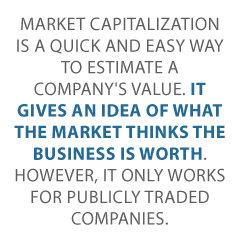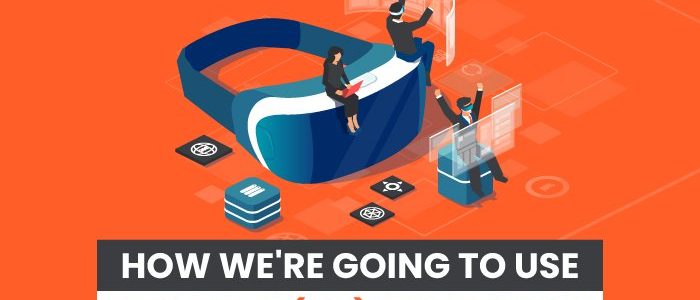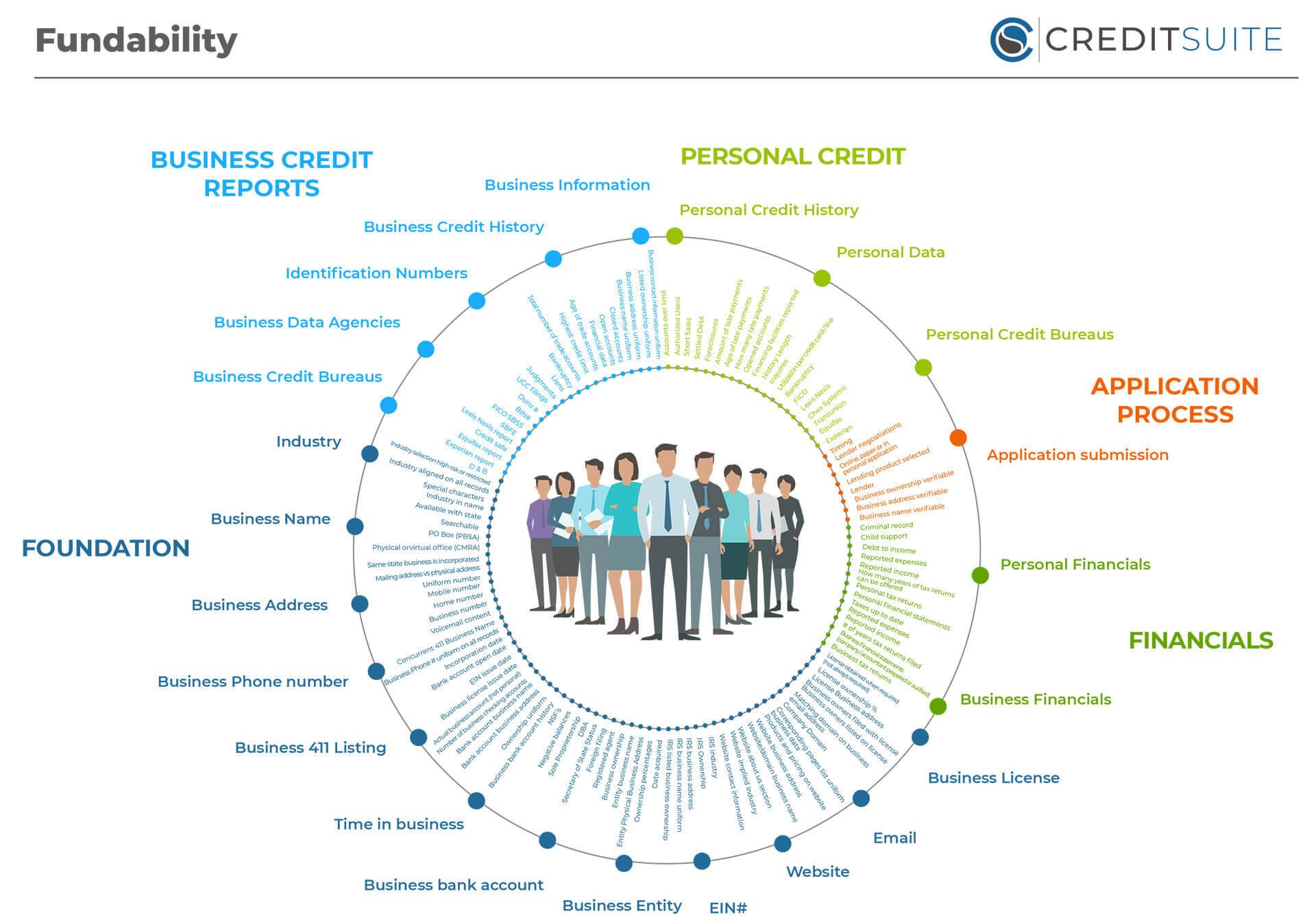
Get to Know Your Experian Business Credit Report
Do You Want to Learn About Your Experian Business Credit Report?
This is a good time to learn about your Experian business credit report.
But first we should start with some definitions and background on business credit.
Business Credit
This is credit in the name of a business. It is not tied to the creditworthiness of its owner or owners. Rather, business credit scores will depend on how well a company can pay its bills. Hence consumer and business credit scores can vary dramatically.
Business Credit Benefits
There are no demands for a personal guarantee. You can quickly get business credit regardless of personal credit quality. And there is no personal credit reporting of business accounts. Business credit use won’t affect your consumer FICO score. Plus the business owner won’t be personally liable for the debt the business incurs.
Business Credit Details
Being accepted for business credit is not automatic. Building business credit requires some work. Some of the steps are intuitive, and some of them are not.
Fundability
Fundability is the current ability of our business to get funding. Some factors are within your control. Others (like your time in business) are not. Your online presence and data are one area which is at or close to 100% with your control.
The better your business credit and fundability are, the more likely you will get approval for business financing.
Build Fundability on Business Credit Applications to Avoid Denials
Keep your business looking fundable (legit) with:
- A professional website and email address
- A toll-free phone number
- List your phone number with 411
- A business address (not a PO box or a UPS box)
- Get all necessary licenses for running your business
Online Fundability
There are some aspects of fundability where you should pay particular attention to what is online. Such as:
- Business owners listed and listed ownership uniform
- Business name and address uniform
- Industry aligned
- Company domain
- Data uniform on all records
Business Ownership Listings
Records consistency matters here. Your website should show who owns your business. And that info must be consistent. So if the owner is named Susan Johnson on your website’s About page, then she should not be listed as Sue Johnson on your Contact page. If your business ownership changes, you need to show that here.
Business Name and Address Uniformity
Abbreviations can be your downfall here, as can punctuation like hyphens, commas, and colons. Maybe your Contact page says your main office is on Main Street. Then your About page should not say it is on Main St.
If your business moves, or you add subsidiaries and other locations, then you need to update that info everywhere. This even means whether you use your 5-digit ZIP code, or a ZIP plus 4 code (9 digits).
Fundability: Industry Alignment
If your business is over the road trucking, then it needs to be listed that way. Pro tip: when your industry can be called several different names, mention those other phrases on your site.
Your Business Email and Website: Company Domain
When your company domain matches your business name, it helps with fundability. Pro tip: try to match what people are searching for online. So if the word ‘brothers’ is in your company name, then determine if ‘brothers’ or ‘bros’ is used by people searching for your company online.
Keep your business protected with our professional business credit monitoring.
There are Three Different Credit Bureaus – But What Makes Your Experian Business Credit Report Special?
What distinguishes an Experian business credit report from reports through the two other big credit bureaus? And can you use that data to your advantage?
There are three major credit bureaus for business: Dun & Bradstreet, Experian, and Equifax. FICO SBSS and CreditSafe are also players.
In the business world Equifax and Experian are up there. But it is Dun & Bradstreet which is the major player.
Dun and Bradstreet has more than 10 times the records of the next closest reporting agency. See dnb.com/about-us/company.html. It makes sense to start with Dun and Bradstreet even when going over your Experian business credit report. This is because you must start the business credit building process with them anyway.
Dun & Bradstreet
Go to the Dun and Bradstreet website and look for your business, at dnb.com/duns-number. But just what happens if you are unable to find it? Then get a free D-U-N-S number. You will always need a D-U-N-S number to start building business credit. Go here to get a D-U-N-S number: dnb.com/duns-number/get-a-duns.html.
A D-U-N-S number is how Dun and Bradstreet gets your company into their system. And a D-U-N-S number plus 3 payment experiences leads to a PAYDEX score. A payment experience is a record of a purchase from a business which reports to a credit reporting agency. In this case, Dun and Bradstreet. Once your business is in Dun and Bradstreet’s system, search Equifax and Experian’s sites for your business. You can do so at creditsuite.com/reports.
Your Experian Business Credit Report
Business credit is in a business’s name. And it depends on how well a company can pay its bills. But Experian uses both consumer and business credit data to gauge risk.
They have found that blended data and reports work a lot better for them. For troubled businesses, blended scores dropped an average of 30% over the four quarters leading up to a bad event. The owner’s consumer scores showed no statistically significant decline during the same period.
53% of the time, the first signs of credit problems were on the business credit reports. 46% of the time, the first signs of credit problems were on the owner’s personal report. Blended scores outperformed consumer or business alone by 10 – 20%.
Per Experian:
“By combining personal and commercial credit information in one report, Experian provides a complete picture of the creditworthiness of small businesses”
You Must Get Set Up with Experian
Get a BIN (Business Identification Number) from Experian. Experian’s BizSource assigns a BIN.
How Long Data Stays on Your Reports at the Different Credit Bureaus
Per Experian Business, bankruptcies stay for 7 to 10 years. Chapter 13 bankruptcy rolls off your credit report 7 years from the filing date. While Chapter 7 bankruptcy stays for 10 years from the filing date. Trade data stays on for 36 months. Judgments, collections, and tax liens stay on for 6 years and 9 months. UCC filings stay on for 5 years. See experian.com/small-business/how-long-credit-report. There are similar time frames for the two other big business credit bureaus.
Keep your business protected with our professional business credit monitoring.
Your Experian Business Credit Report: The Particulars
We’ll look at a Typical Experian Business Credit Advantage SM Report. Experian provides a sample report where you can get an idea of what to expect. Experian changes its reports at times. So the best, most accurate and up to date source for this info is the Experian website. Find it online at https://sbcr.experian.com/pdp.aspx?pg=Sample-BCAI&hdr=report.
Business Background Information
The first part of a report has:
- Name
- Address
- Main phone number
- Experian BIN
- Annual sales
- Business type (corporation, etc.)
- Date Experian file established
- Years in business
- Total number of employees
- Incorporation date and state
Experian Business Credit Score
Business Credit Scores range from 1 to 100. Higher scores mean lower risk. This score predicts the chance of serious credit delinquencies within the next 12 months. This score uses tradeline and collections info, public filings as well as other variables to predict future risk. This part of the report has a graph to show the score.
Key Score Factors:
- Number of commercial accounts with terms other than Net 1-30 days
- The number of commercial accounts that are not current
- Number of commercial accounts with high utilization
- Length of time on Experian’s file
Experian Financial Stability Risk Rating
Financial Stability Risk Ratings range from 1 to 5. Lower ratings indicate lower risk. A Financial Stability Risk Rating of 1 indicates a 0.55% potential risk of severe financial distress. So this is within the next 12 months.
Experian puts all businesses in one of five risk segments. This rating predicts the chance of payment default and/or bankruptcy, in the next 12 months. This rating uses tradeline and collections data. It also uses public filings and other variables to predict future risk.
Key Rating Factors:
- Number of active commercial accounts
- Risk associated with the business type
- Risk associated with the company’s industry sector
- Employee size of business
Credit Summary
This part has several counts of various data points. For the most part, the details are further within the report.
The data outlined shows:
- Current Days Beyond Terms (DBT)
- Predicted DBT for a particular date
- Average industry DBT
- Payment Trend Indicator (stable, or not)
This part also shows:
- Lowest 6 month balance
- Highest 6 month balance
- Current total account balance
- Highest credit amount extended
- Median credit amount extended
- Number of payment tradelines
- Also, how many lender consortium experiences
- Number of business inquiries
- Number of UCC Filings
More on the Credit Summary
This part also has:
- Number of Banking/Insurance/Leasing
- A percentage of businesses scoring worse than the company in the report
- Number of bankruptcies
- How many liens
- Also the number of judgments filed
- Number of accounts in collections
- Company background
Company background has info on founding date, and where the company’s headquarters are. Plus there’s a basic background of what the business does.
Payment Trend Summary
This part starts with two graphs. They show the company in question versus its industry on Monthly payment trends and Quarterly payment trends.
These are percentages of on-time payments by month and quarter, respectively.
This part then shows tables with recent payment info by month and quarter. Then there are three more graphs:
- Continuous Payment Trends: continuous distribution with DBT (days beyond terms)
- Newly Reported Payment Trends: newly reported distribution with DBT
- Combined Payment Trends: combined distribution with DBT
Trade Payment Information
This next part shows details on payment experiences (financial trades). There is also data on lender consortium experiences (financial exchange trades):
- Tradeline experiences (continuous trades)
- Aged trades
- Payment trend detail
- There is also a link to send any missing payment experiences
Keep your business protected with our professional business credit monitoring.
Inquiries, Collection Filings, and Collections Summary
The Inquiries part shows the industry making the inquiry and a total made during a given month. The Collection Filings sector has the date, name of the agency, and status (open or closed). If a collection is closed, the Collection Filing sector also shows the closing date. The Collections Summary shows: status, number of collections, dollar amount in dispute, and amount collected (even if $0).
Commercial Banking, Insurance, Leasing
For leasing, this part shows:
- Leasing institution name and address
- Product type
- Lease start date and term
- Original and remaining balances
- The scheduled amount due
- Also the number of payments per year
- The number of payments which are current, late, or overdue
Judgement Filings
This part shows:
- Date and plaintiff
- Filing location
- Legal type and action
- Document number
- Liability amount
This part shows cases where the company in the report is plaintiff or defendant.
Tax Lien Filings
This part has:
- Date and owner
- Filing location
- Legal type and action
- Document number
- Liability amount
- Description
UCC Filings
This part has:
- Date
- Filing number
- Jurisdiction
- Secured party
- Activity (filed, or not)
UCC Filings Summary
This part shows:
- Filing period
- Number of cautionary filings
- Total filed
- Also the total released
- Total continued
- Amended/Assigned
Cautionary UCC Filings have one or more of the following collateral:
- Accounts
- Accounts receivable
- Contracts
- Hereafter acquired property
- Leases
- Notes receivable, or
- Proceeds
Score Improvement Tips
Experian offers suggestions on how to improve your reports. Such as:
- Get net-30 terms, if possible, from existing and future tradeline suppliers
- Pay accounts on time or work with the tradeline supplier on a payment plan so a business is not delinquent
- Lower credit utilization
- Make sure all the data in the report is correct
Disputing Issues with Your Experian Business Credit Report
None of the different business bureaus will change your scores without proof. They are starting to accept more and more online disputes. But include proofs of payment with it. These are documents like receipts and cancelled checks.
Fixing credit report errors also means you specifically spell out any charges you challenge. Make your dispute as crystal clear as possible. If you need to snail mail anything in, use certified mail. This is so that you have proof that you sent in your dispute. With all the different credit bureaus, be specific about the concerns with your report.
You can correct Experian issues at: experian.com/small-business/business-credit-information.
Monitoring Experian Credit Scores and Reports
The costs of monitoring at all three big business credit reporting agencies can add up fast. At Experian, your best (least expensive) bet would be a Business Credit Advantage. Subscription Plan. It currently costs $189 per year. See sbcr.experian.com/pdp.aspx?pg=Sample&link.
Monitor Business Credit at D&B, Experian, and Equifax for Less
All of Experian’s reports are expensive! But did you know that you can get business credit monitoring for all 3 of the big business CRAs. And all in one place – for less? Credit Suite offers monitoring through its Business Finance Suite (through Nav). See what credit issuers and lenders see. So you can directly improve your scores and get the business credit and funding you need. See suitelogin.com and creditsuite.com/monitoring.
Your Experian Business Credit Report: Takeaways
So Experian has revamped their reports dramatically. They no longer use the term ‘Intelliscore’. This major business credit reporting agency is committed to correct data, and to helping companies improve their reports. To monitor Experian, Equifax, and Dun and Bradstreet for a lot less, monitor through Credit Suite!
The post Get to Know Your Experian Business Credit Report appeared first on Credit Suite.










